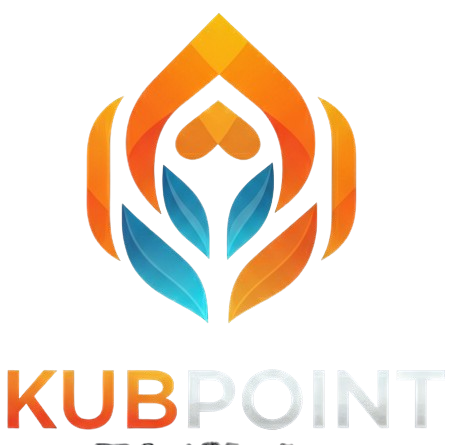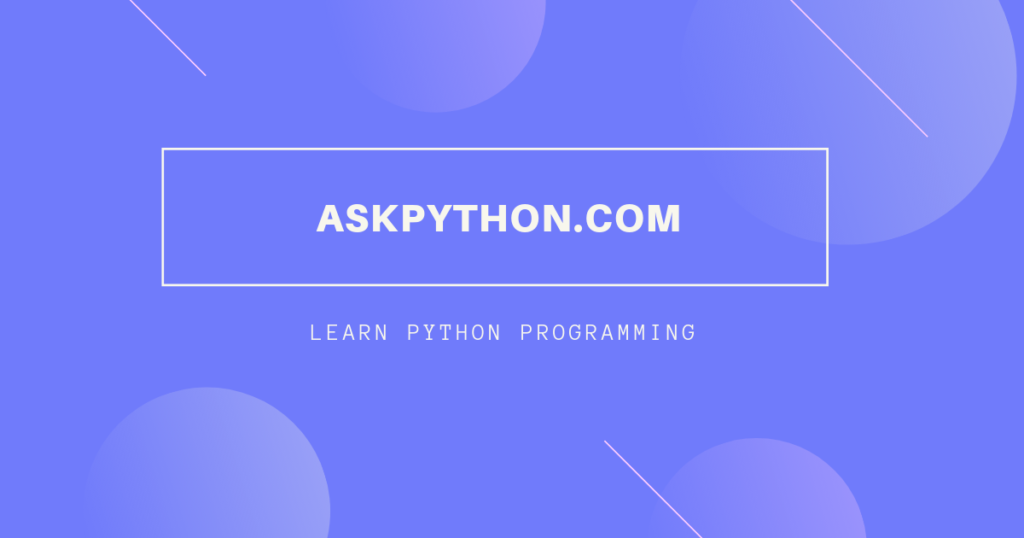Python has long been the go-to language for machine learning. With the release of Python 3.13, the language brings improved performance and subtle changes that streamline ML workflows even further. Whether you’re just getting started or revisiting the fundamentals, this guide lays out the essentials of machine learning using Python’s latest version—with clarity, practicality, and a focus on real-world examples.
What Is Machine Learning, Really?
Machine learning is a method of teaching computers to recognize patterns and make decisions without being explicitly programmed. It relies on algorithms that learn from data, refine their output over time, and make predictions or classifications based on what they’ve learned.
Put simply, you feed data to an algorithm. It identifies patterns. Then, it applies those patterns to new data. That’s machine learning.
Example: Suppose you want your program to tell whether an email is spam. You feed it thousands of labeled emails (spam or not spam). It learns the patterns—maybe spam emails use more exclamation marks or shady links. When it sees a new email, it uses those patterns to decide.
Setting Up Your Python 3.13 Environment
Python 3.13 brings modest but meaningful upgrades—faster startup times, lower memory usage, and cleaner error messages. While machine learning libraries like scikit-learn, pandas, and NumPy still work the same, you’ll benefit from smoother performance in larger datasets.
Here is how to set up your environment in Python 3.13:
python3.13 -m venv ml_env
source ml_env/bin/activate
pip install numpy pandas scikit-learn matplotlib seaborn
Once you’re set up, you’re ready to explore the tools that do the heavy lifting.
The Core Building Blocks of Machine Learning in Python
Before jumping into models, you need a solid grasp of the core components. Every machine learning workflow rests on a few critical steps:
1. Data Collection and Loading
This is where everything begins. You cannot learn from what you do not have.
In Python, pandas makes loading data simple:
import pandas as pd
data = pd.read_csv("iris.csv")
print(data.head())
2. Data Preprocessing
Raw data is messy. It has missing values, irrelevant columns, and sometimes bizarre formats. Preprocessing cleans things up.
from sklearn.preprocessing import StandardScaler
scaler = StandardScaler()
scaled_data = scaler.fit_transform(data.drop("species", axis=1))
This step ensures your model isn’t thrown off by wildly varying units or missing entries.
3. Splitting the Dataset
You never train your model on all your data. Why? Because you need untouched data to test whether it actually learned anything.
from sklearn.model_selection import train_test_split
X = scaled_data
y = data["species"]
X_train, X_test, y_train, y_test = train_test_split(X, y, test_size=0.2, random_state=42)
4. Model Training
Now comes the core of it—training a machine learning model. For beginners, start with a Decision Tree or a K-Nearest Neighbors classifier.
from sklearn.tree import DecisionTreeClassifier
model = DecisionTreeClassifier()
model.fit(X_train, y_train)
The model looks at your training data and learns which features relate to which species.
5. Making Predictions and Measuring Accuracy
Once trained, the model predicts outcomes for new, unseen data.
from sklearn.metrics import accuracy_score
predictions = model.predict(X_test)
print("Accuracy:", accuracy_score(y_test, predictions))
If your model hits above 90% accuracy on a clean dataset like Iris, you’re off to a solid start.
A Real Example: Classifying Iris Flowers
The Iris dataset is machine learning’s equivalent of training wheels. It includes 150 entries, each describing the length and width of flower petals and sepals, along with the species (setosa, versicolor, virginica).
Why use this? Because it’s small, clean, and easy to visualize.
Using the code above, you can classify iris flowers in under 20 lines. What’s more important is that the logic you build here—load, clean, split, train, test—will carry over to every machine learning problem you tackle, from email filtering to credit scoring.
Python 3.13-Specific Enhancements for ML
Python 3.13 does not reinvent the machine learning wheel, but it oils it nicely. Here are a few noteworthy improvements:
- Faster startup times: Speeds up Jupyter notebooks and script execution.
- Memory optimization: You’ll notice this with larger datasets.
- Improved error messages: Especially useful for debugging model pipelines.
Also, thanks to improved C-API support, libraries like NumPy and TensorFlow can now compile faster against Python 3.13, reducing install and import times during development.
Visualizing Your Results
Machine learning isn’t just about numbers. Visuals tell you what’s really going on.
Here’s how to plot the decision boundaries:
import seaborn as sns
import matplotlib.pyplot as plt
sns.pairplot(data, hue="species")
plt.show()
A single chart can reveal patterns a spreadsheet would never hint at. Use them liberally—especially during exploration.
The Road Ahead
Once you’re comfortable with these basics, step into deeper waters:
- Classification vs Regression: Not all problems are about categories.
- Cross-validation: Go beyond single test/train splits.
- Grid Search and Hyperparameter Tuning: Polish your models to near-perfection.
- Neural Networks: When patterns get nonlinear and massive, simple models fall short.
Each of these unlocks a layer of complexity, precision, and performance.
Final Thoughts
Machine learning is not magic. It is a series of logical steps, built on data, algorithms, and thoughtful evaluation. With Python 3.13, you have a faster, sharper toolset at your disposal. Learn it well, and it will serve you for years—across problems, domains, and industries.
Stay curious, build often, and always let your data speak.

